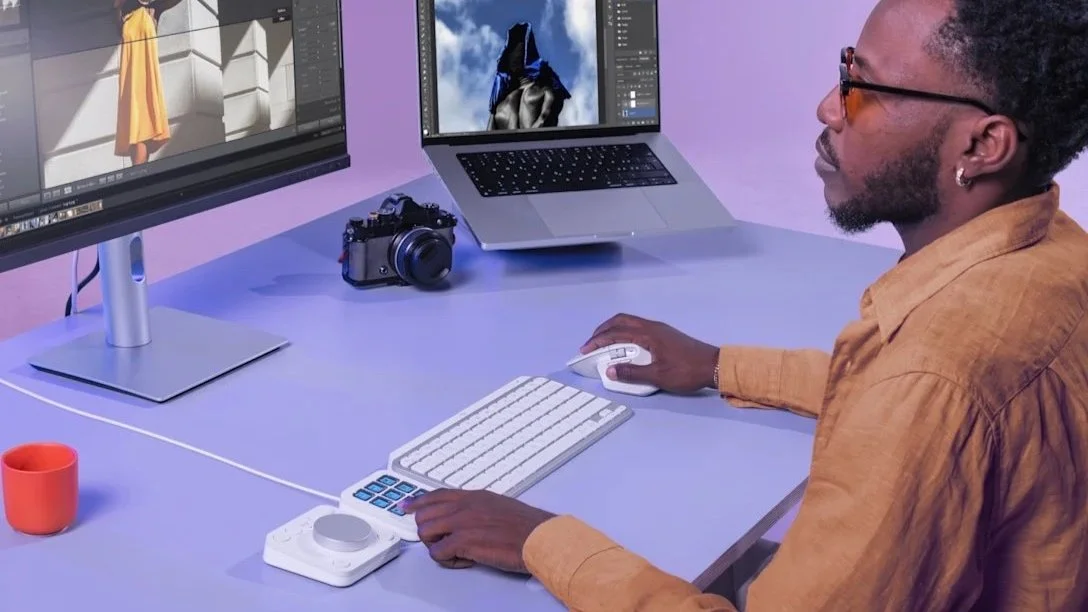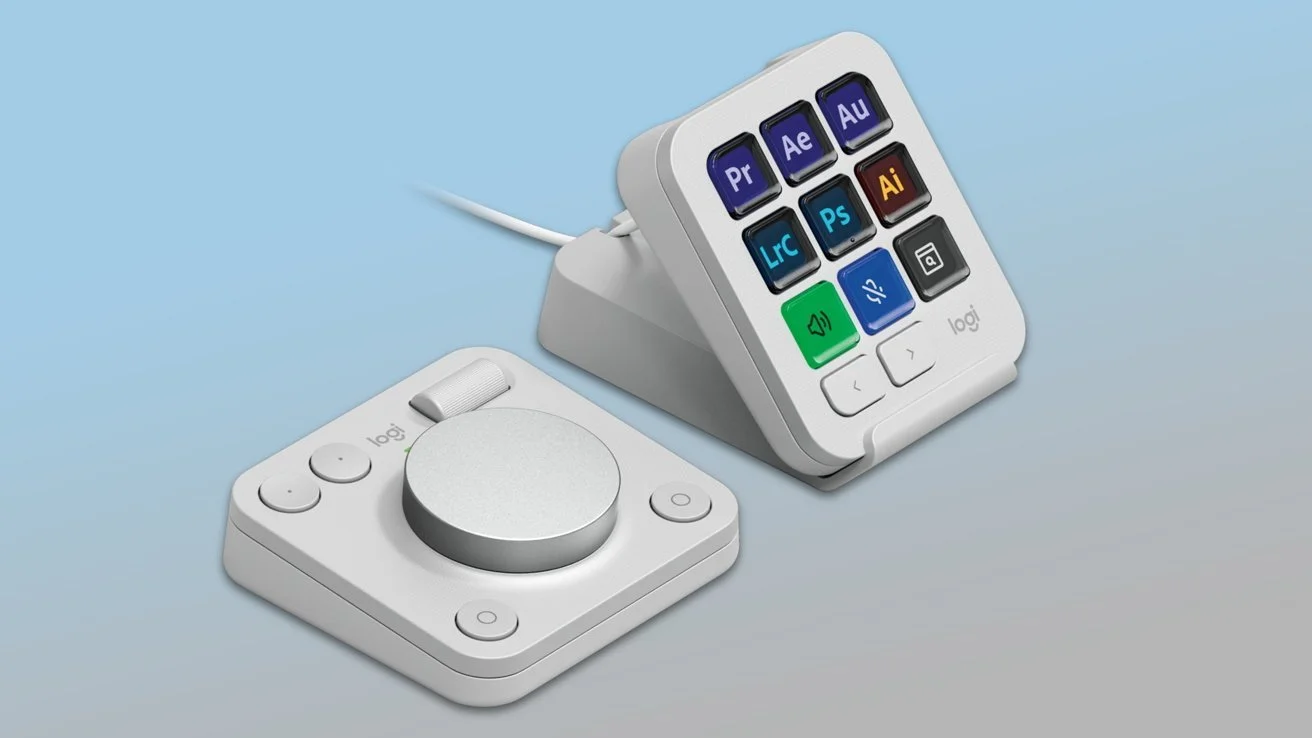Connected Devices
Overview
From TV operating systems to smart watches, I have been leading the design — from inception to delivery — of connected devices since 2013. Most recently, as the Senior Design Director for Logitech User Experience (January 2019-April 2022) and VP of Design for Logitech Products Solutions (April 2022- August 2024), I oversaw the research, ideation, prototyping, user testing, and design delivery for multiple connected devices for users ranging from from cameras to controllers, remote controls to speakers.
Connected devices require a solid understanding of user expectations, user knowledge, and user context to provide easy to use, delightful experiences users rely upon — failure to understand the user and user context results in some incredible technology that may need to fight for a place in a user’s life. As a company well known for it’s hardware — but not necessarily its software — under my leadership the Logitech Product Solutions team focused on developing best-in-class connected experiences based on a thorough design process covering user and market research, user needs and problems to solve definition, competitive analysis, and rapid experience prototyping to ensure the solutions designed provided a valuable and effective experience to the end user.
Logitech’s MX Creative Console
Hardware
Designing hardware for a connected device experience requires leveraging UX best practices to understand user models, experiences, and context to provide physical product functionality that is intuitive for the user type and works as expected.
While leading the design for Logitech's MX Creative Console my design oversight centered around prototyping the advanced functionality as rapidly as possible to learn directly from users the value and expectations they would have from such a device. Doing so allowed the team to understand what was critical in landing the overall experience thereby ensuring users would find value and efficiency from the device.
Software
With a new physical interaction model available to help advanced creative users gain more control in their creative applications, the software Logitech designed to support the product focused beyond setup (the typical focus for connected devices). Since users would be interacting with the hardware to access shortcuts, file options, pickers and sliders the design team developed a new software experience to allow users an onscreen dial populated with default options — fully customizable — to further simplify their creative application use.
The Logic Actions Ring came about from the dial explorations — furthering strengthening the tie between hardware and software.



